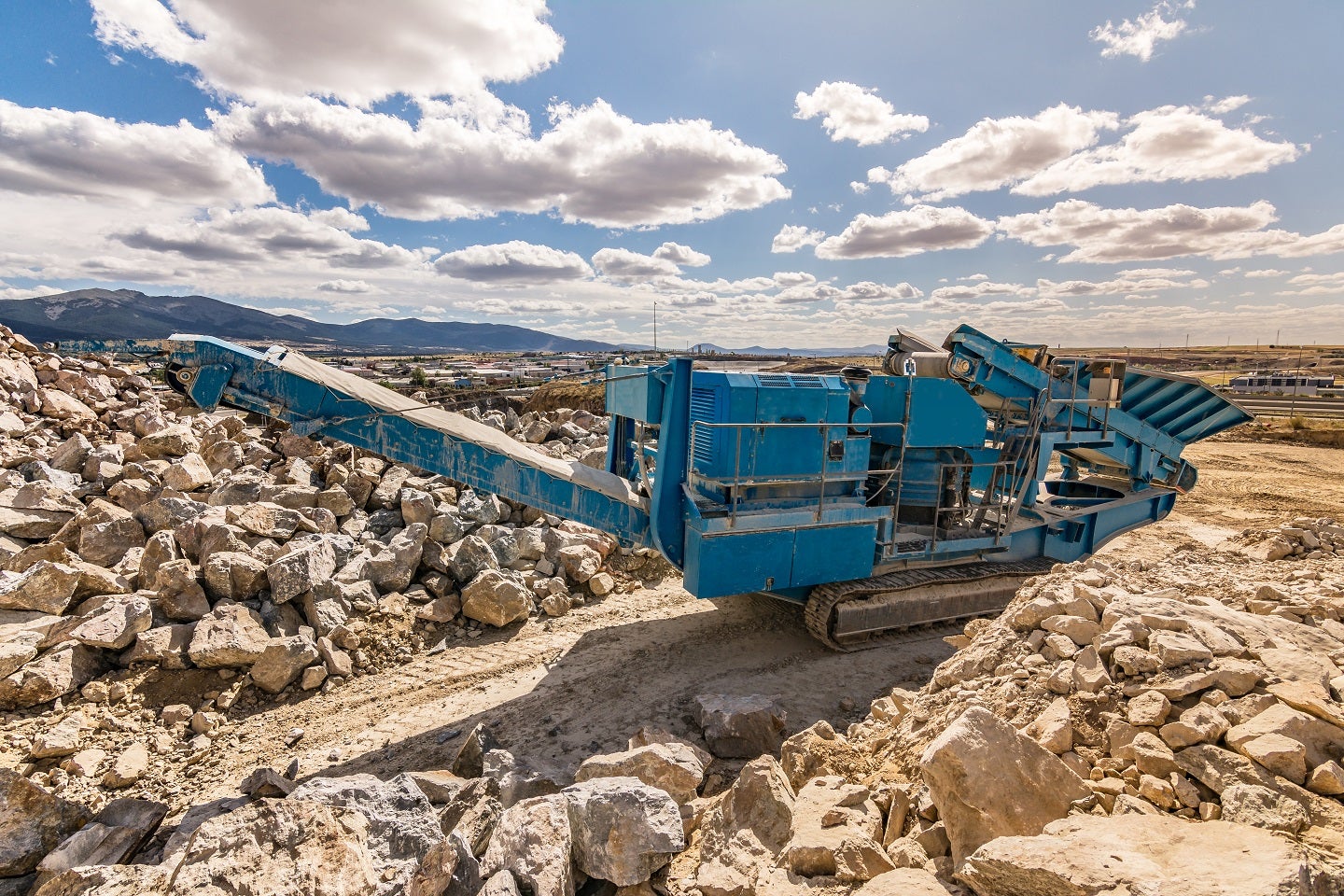
International think tank the Energy Transition Commission has called for increased investment in the critical mineral supply chain to reduce the likelihood of a “supply gap”, in a report published this week.
Intense growth in demand due to the energy transition could result in shortages of several metals within the next decade, the report warns.
The report identifies supply gaps for six critical metals: lithium, nickel, graphite, cobalt, neodymium and copper. Shortages of transition minerals could hamper the chances of reaching net zero, according to the authors.
The report predicts that the energy transition will require production of up to 6.5 billion tonnes of materials cumulatively between 2022 and 2050, with steel, copper and aluminium accounting for 95%. This prediction assumes the rapid deployment of energy transition technologies needed to meet decarbonisation goals.
According to the Energy Transition Commission, more mines are needed to meet demand, but there has been insufficient investment in exploration in the past decade.
“In some key minerals – particularly lithium and copper – it will be challenging to scale up supply fast enough over the next decade to keep pace with rapidly rising demand,” chair of the body Adair Turner said in the report.

US Tariffs are shifting - will you react or anticipate?
Don’t let policy changes catch you off guard. Stay proactive with real-time data and expert analysis.
By GlobalDataAccording to the International Energy Agency, lithium demand will rise by 90% over the next two decades, in line with the net-zero commitments outlined under the Paris Agreement. Copper will also see demand rise by more than 40%.
Critical mineral recycling
“There is major potential to reduce future demand for energy transition materials via technology and materials efficiency and recycling,” the report states. “These can help reduce cumulative primary materials requirements from the energy transition and potentially close supply gaps through to 2030.”
“Governments, regulators, producers and consumers must work together to increase recycling, improve material efficiency, invest in new mining, and regulate environmental and social standards,” Turner added.
According to the report, annual capital investment in energy transition metals averaged $45bn over the past two decades compared with the $70bn needed each year through 2030 to expand supply.
Interest in critical mineral recycling as a potential solution to metal shortages is growing. Under the EU’s Critical Raw Materials Act, the bloc has set a target for 15% of its annual consumption to come from recycling.
Additionally, the US Government’s $192m Battery and Critical Mineral Recycling Programme also awards funding to research projects that develop recycling technologies for the metals.
The Energy Transition Commission calls for increased recycling in its report. It predicts that the cumulative need for fresh supply from mines will eventually fall by 20–60% by 2050 if recycling technology improves.



